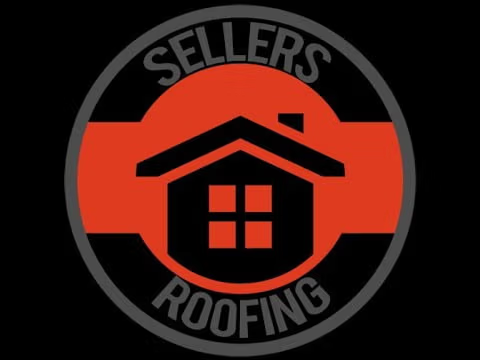Fire Damage Clean-up
You’ve had a fire. The fire department has actually come, put the fire out and all you see is one huge mess. Upon closer investigation concerns come.
- I. What method do we use to remove the soot and charcoal to assess the damage?
– High pressure water blasting leaves behind water in electrical elements, equipment and insulation, if not effectively eliminated will trigger undesirable corrosion and rot, increasing clean-up, damage and long term maintenance expenses.
- – Soda blasting leaves water and soda behind, which needs additional clean-up, increasing clean-up, damage and long term upkeep expenses.
- – Sand blasting leaves abrasive blast media behind, which if not cleaned up correctly continues to trigger damage in electrical elements, bearings and equipments. It continues to fall from horizontal surfaces, fractures and beams years after the task is done, increasing clean-up, damage and long term
maintenance expenses. - – Solidified carbon dioxide blasting is the supreme surface area cleaning procedure, it leaves no secondary waste stream behind. The only clean-up after the solidified carbon dioxide blasting task is done is the removal of the debris brought on by the fire.
- II. How do we remove the smoke, charcoal and soot movie from masonry and steel surfaces?
- – Again this is an excellent application for solidified carbon dioxide blasting. Enjoy the motion picture clips on our web site to see how solidified carbon dioxide blasting cleans soot, smoke and charcoal from various types of surfaces.
- III. Will we be able to get rid of that awful smoke odor?
- – The removing of the odor is accomplished by eliminating the odor source and/or sealing the odor source to encapsulate it. Dry ice blasting gets rid of the soot, smoke and charcoal film, which is the odor source, from available areas.

– Throughout a fire air currents bring smoke and soot into areas, openings and fractures not in close distance to the fire itself, extra cleaning and/or sealing of these locations and unattainable locations might be required.
IV. Can we accomplish our clean-up without adding hazards to our environment?
– Dry ice blasting is safe and ecologically friendly. Dry ice is pure CO2 in its solid state, it is in its gaseous state in the air around us.
– Dry ice blasting is non-toxic, non-conductive and there is no staff member direct exposure to harmful cleaning chemicals or options. Dry ice blasting satisfies the standards of the USDA, EPA, and the FDA.
You have actually had a fire. The fire department has come, put the fire out and all you see is one huge mess.- Dry ice blasting is ecologically friendly and safe. Dry ice is pure CO2 in its strong state, it is in its gaseous state in the air around us. Green plants take CO2 from the air and offer off oxygen.


